In Central Texas, hailstorms aren’t just loud—they’re expensive. If you’ve ever wondered, “How big does hail really need to be to damage a roof?” or “Should I call my insurance after a hailstorm?”—you’re not alone.
At AllDone Construction, we’ve helped thousands of Austin-area homeowners assess and repair hail-damaged roofs. In this guide, we’ll break down what hail size actually matters, how to prove damage, and—most importantly—what to do immediately after a storm to protect your home and your claim.
Understanding Hail Size and Roof Damage

Hail damage largely depends on the size of the hailstones—but size isn’t the only factor. Here’s how it plays out:
-
Pea-Sized Hail (¼ inch)
Typically harmless, unless your roof already has worn or brittle shingles. -
Marble to Dime-Sized Hail (½ inch)
May loosen granules from shingles or cause minor wear but rarely leads to serious issues. -
Quarter-Sized Hail (1 inch)
This is the tipping point. Shingles can crack, protective granules may be stripped away, and the integrity of your roof can be compromised.
-
Golf Ball-Sized Hail (1.75 inches) and Larger
These hailstones can puncture shingles, dent flashing, damage vents, and cause widespread damage across your roofing system.
In general, hailstones 1 inch in diameter or larger should always prompt a professional inspection—even if the damage isn’t obvious from the ground.
Other Factors That Influence Hail Damage
While hail size is a key variable, it’s not the only one. Roof damage depends on a combination of:
-
Roof Material: Asphalt shingles, tile, and metal each respond differently to impact.
-
Roof Age & Condition: Older or weathered roofs are more vulnerable to cracking and granule loss.
-
Wind Speed & Angle: Wind-driven hail increases the impact force.
-
Storm Duration: The longer it hails, the more likely damage becomes.
-
Exposure: Homes with minimal tree cover or shade take the brunt of hail impact.
Signs Your Roof May Have Hail Damage
Some signs are visible from the ground—others require a trained eye. Here’s what to look for:
-
Dented or bruised shingles
-
Granule loss or “bald spots”
-
Cracked, split, or curling shingles
-
Dented vents, flashing, or gutters
-
Water stains or leaks inside the attic or ceiling
After the Storm: What to Do Next
Even if the hail didn’t seem large, taking action quickly can protect your home and your budget. Here’s what we recommend after any hailstorm:
-
Contact AllDone Construction First
Before you call your insurance provider, let our team take a look. AllDone Construction has handled thousands of insurance claims across Austin and Central Texas. We know what adjusters are looking for and how to make sure nothing is overlooked.
We’ll inspect your roof, document any damage, and advise you on whether a claim is necessary—so you don’t risk underreporting or over-claiming. -
Inspect Your Property from the Ground
Look for signs of hail damage on gutters, downspouts, and metal roof components. If you can safely do so, check your yard and driveway for fallen branches, dented outdoor furniture, or intact hailstones to photograph for evidence. -
Document the Storm
Take photos of everything—hailstones, roofline impacts, or any visible shingle damage. Make a note of the date, time, and any weather alerts in your area. -
Then, Contact Your Insurance Provider (If Needed)
Why Call AllDone Construction First?
Filing a claim too early—or without proof—can hurt your chances of approval. Many homeowners unknowingly leave money on the table or end up paying out-of-pocket because they didn’t have a qualified contractor by their side.
At AllDone Construction, we’re more than just a roofing contractor—we’re your partner in protecting your home. Our team works closely with insurance providers to:
-
Identify all covered storm damage
-
Provide photos and reports in insurer-friendly formats
-
Advocate on your behalf during claim reviews
-
Ensure the work meets code, timeline, and quality expectations
Serving Austin and the Hill Country
From downtown Austin to Round Rock, Pflugerville to Cedar Park, and everywhere across the Texas Hill Country—AllDone Construction has seen the impact of Texas weather firsthand. We provide:
-
Free hail damage roof inspections
-
Fast and honest repair estimates
-
Complete roof replacements when needed
-
Insurance assistance from start to finish
Frequently Asked Questions About Hail Damage
What Size Hail Causes Roof Damage?
Hail as small as 1 inch (about the size of a quarter) can damage asphalt shingles—especially when paired with strong winds. Larger hail increases the likelihood of cracks, granule loss, and leaks.
Should I Call My Insurance or a Roofer First?
Call a roofer first. AllDone Construction provides expert inspections, damage documentation, and claim support—ensuring you don’t file prematurely or miss critical damage.
How Do I Prove Hail Damage?
Proving hail damage starts with detailed inspection photos, storm records, and a certified report. Our team handles this for you, helping maximize your insurance claim.
What Does Hail Damage Look Like on a Roof?
Signs include bruised or missing shingles, dented vents, and water stains in the attic. Even subtle damage can lead to long-term issues, so don’t wait—get your roof checked after any major hailstorm.
Don’t wait for water damage or insurance delays to answer your questions. Call AllDone Construction first. We’ll inspect, document, and guide you every step of the way—with no pressure, no guesswork, and no obligation to file unless damage truly warrants it. Protect your home with Austin’s trusted storm repair experts.


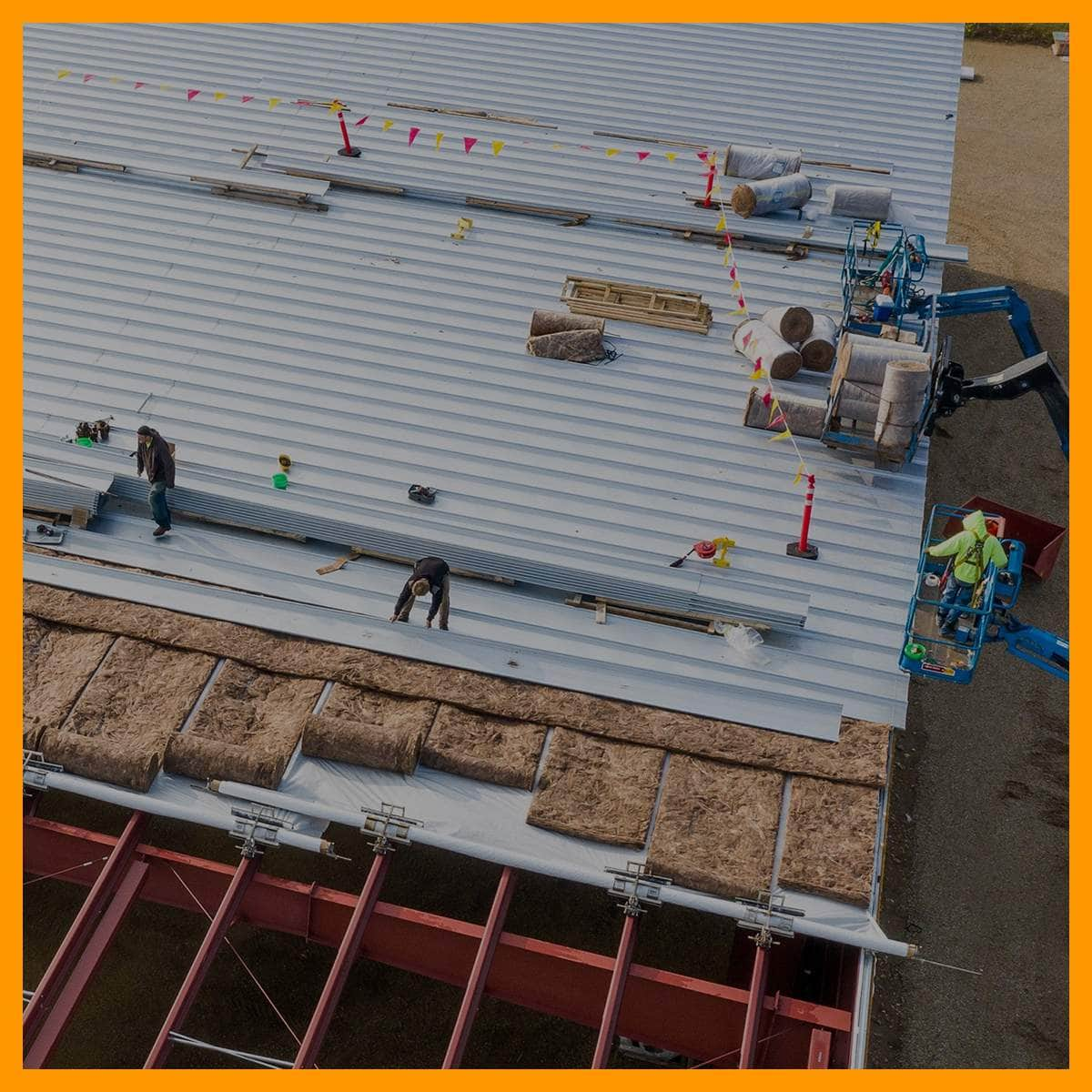
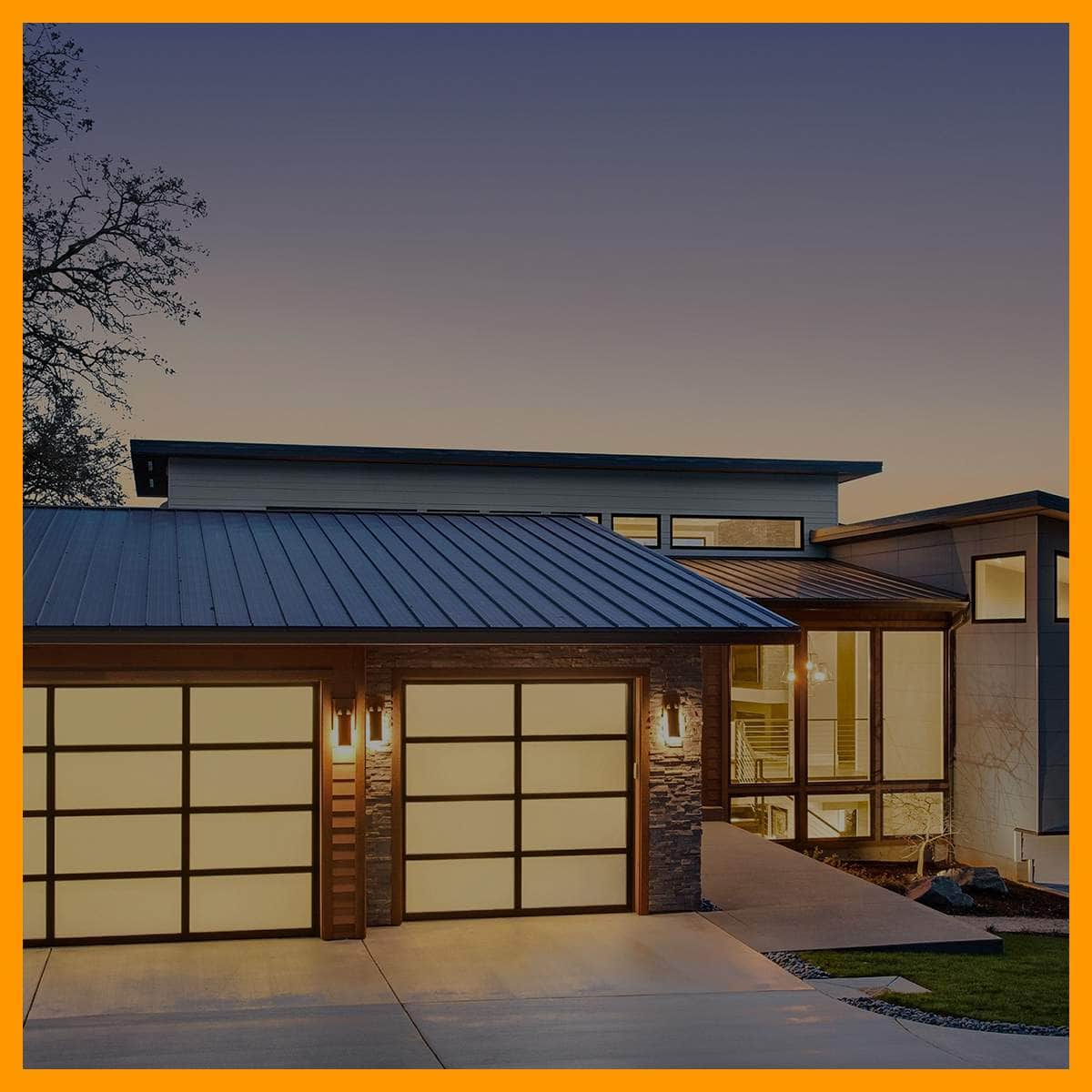


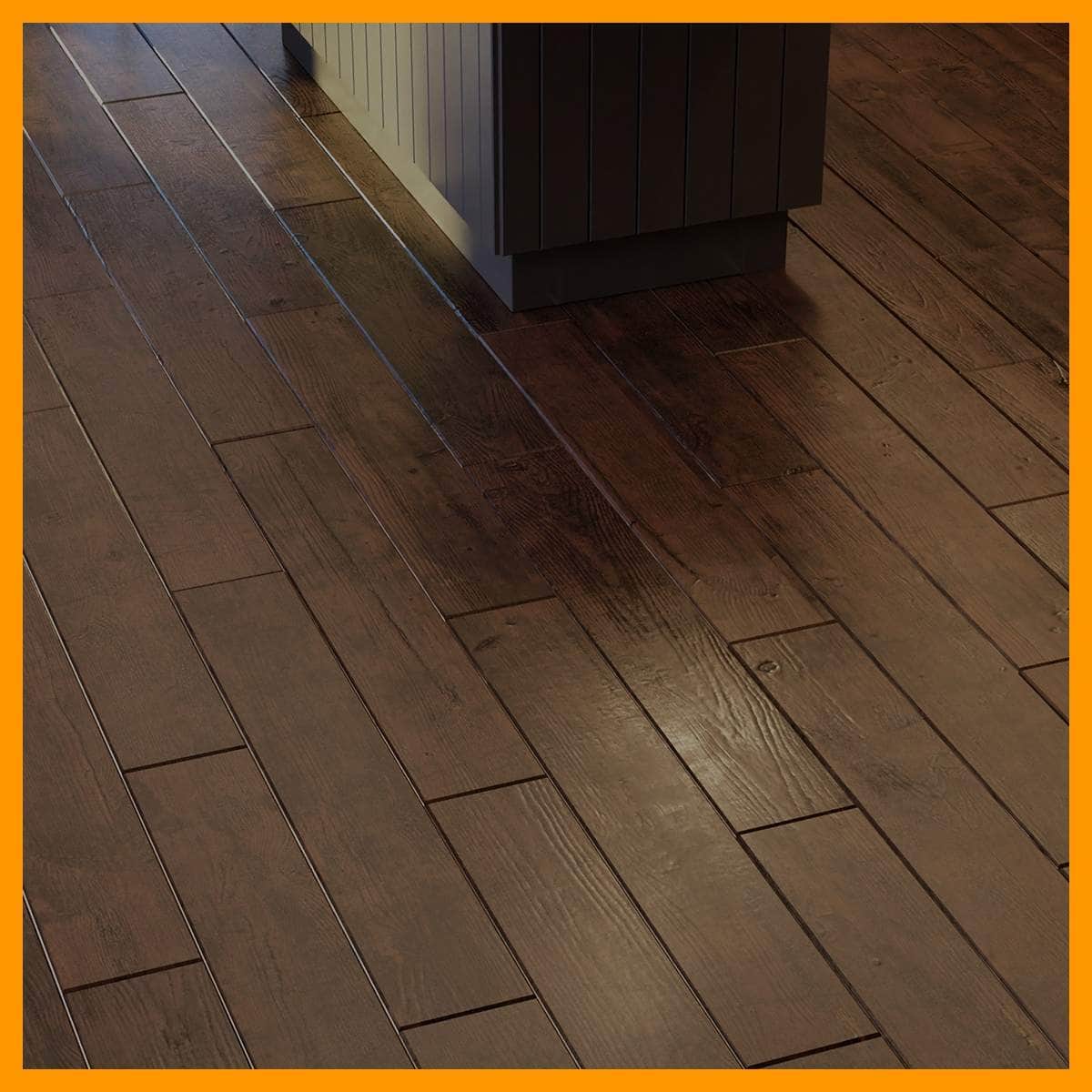
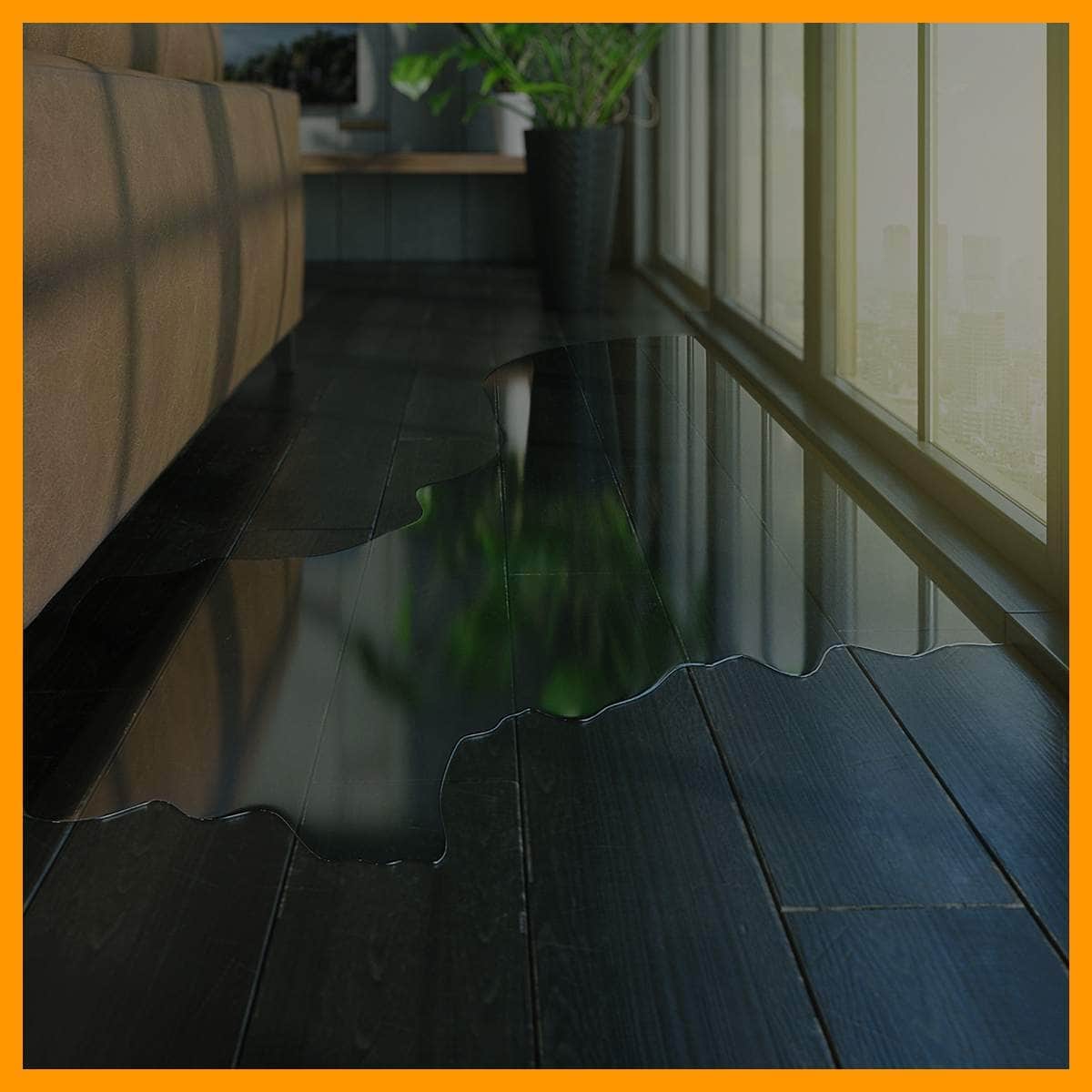

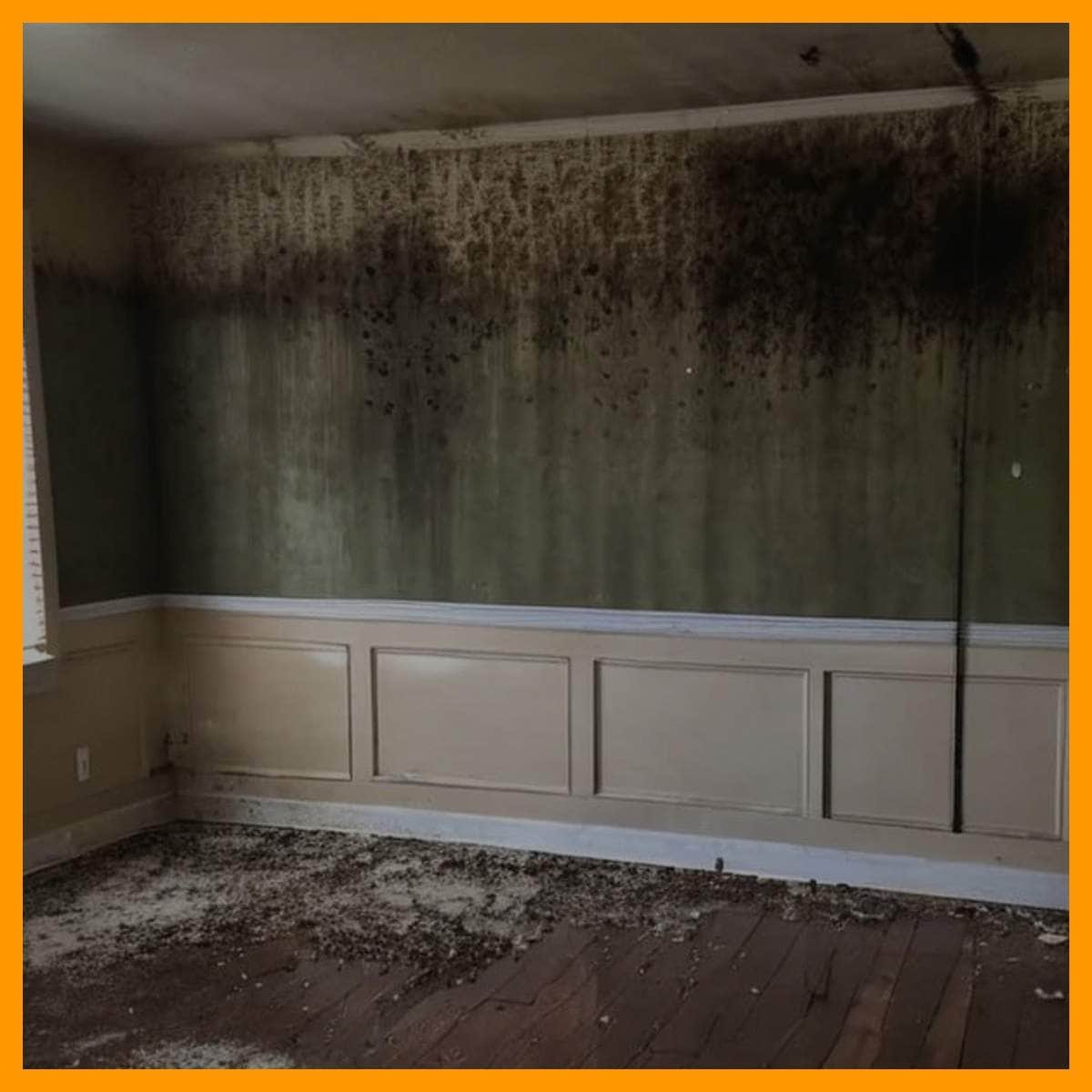

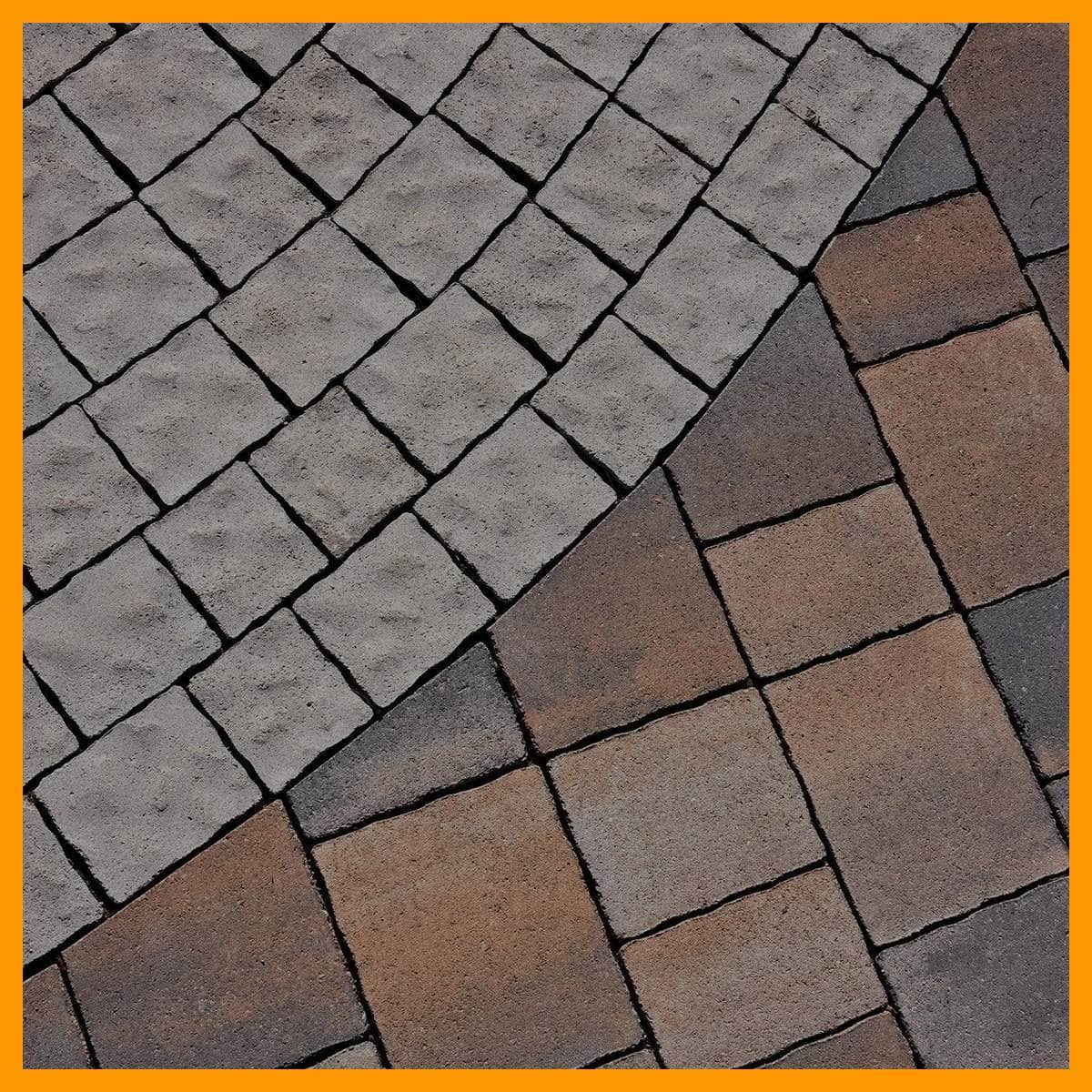
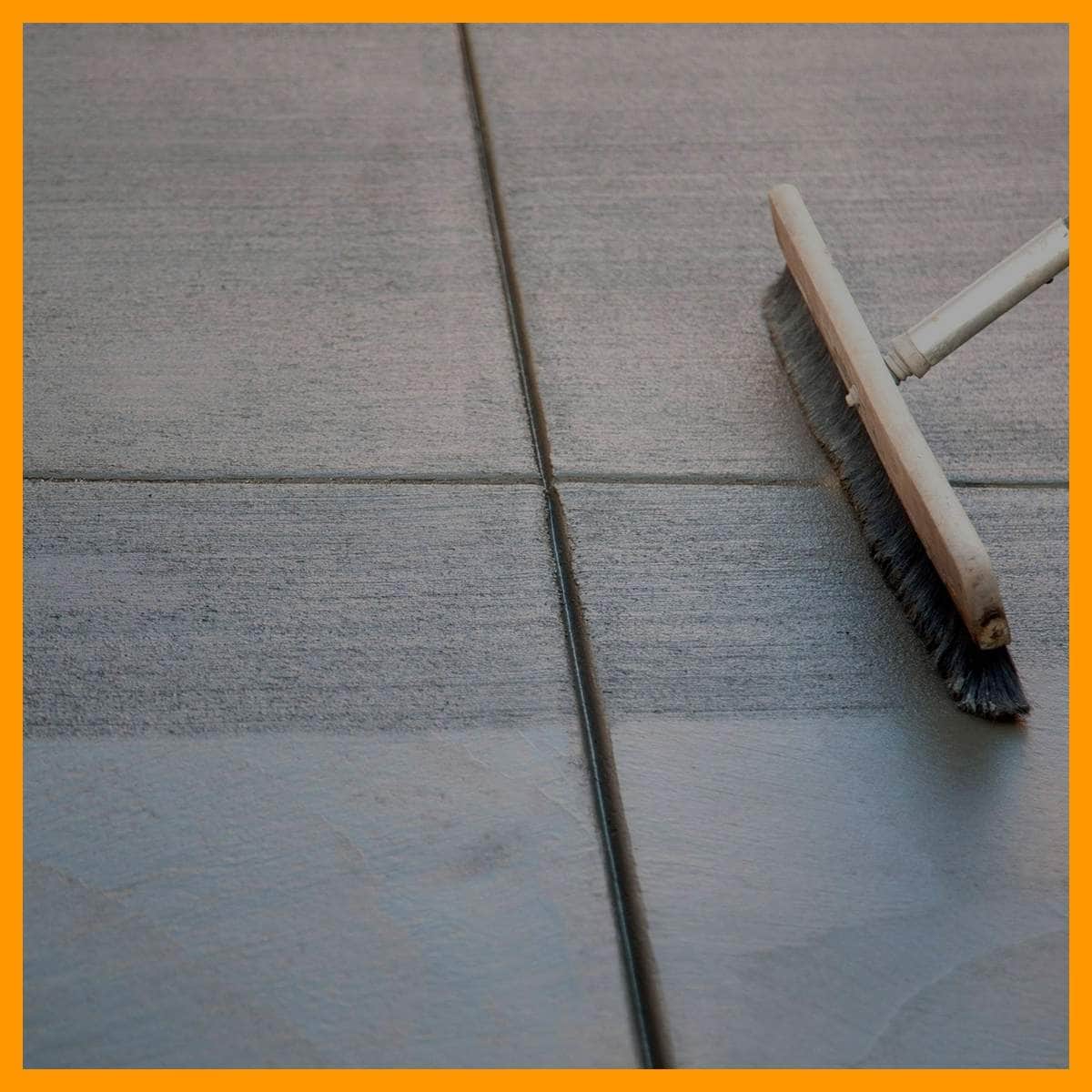

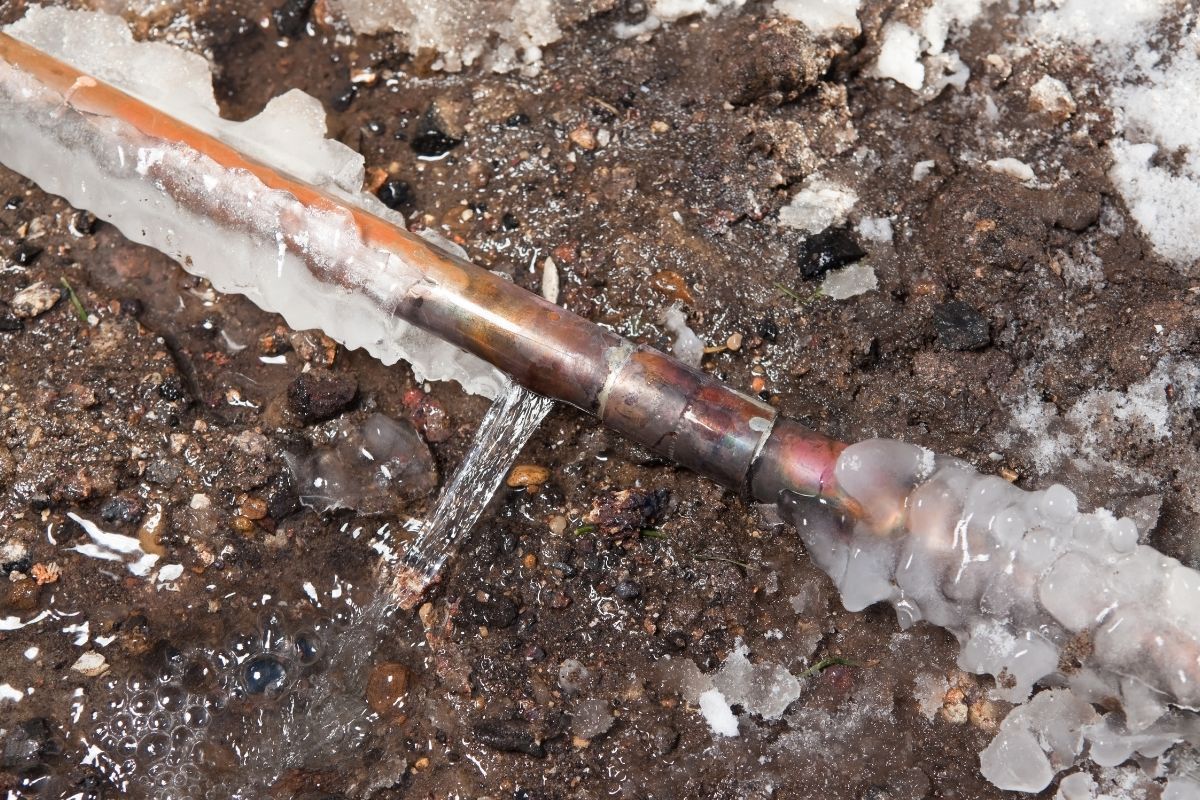
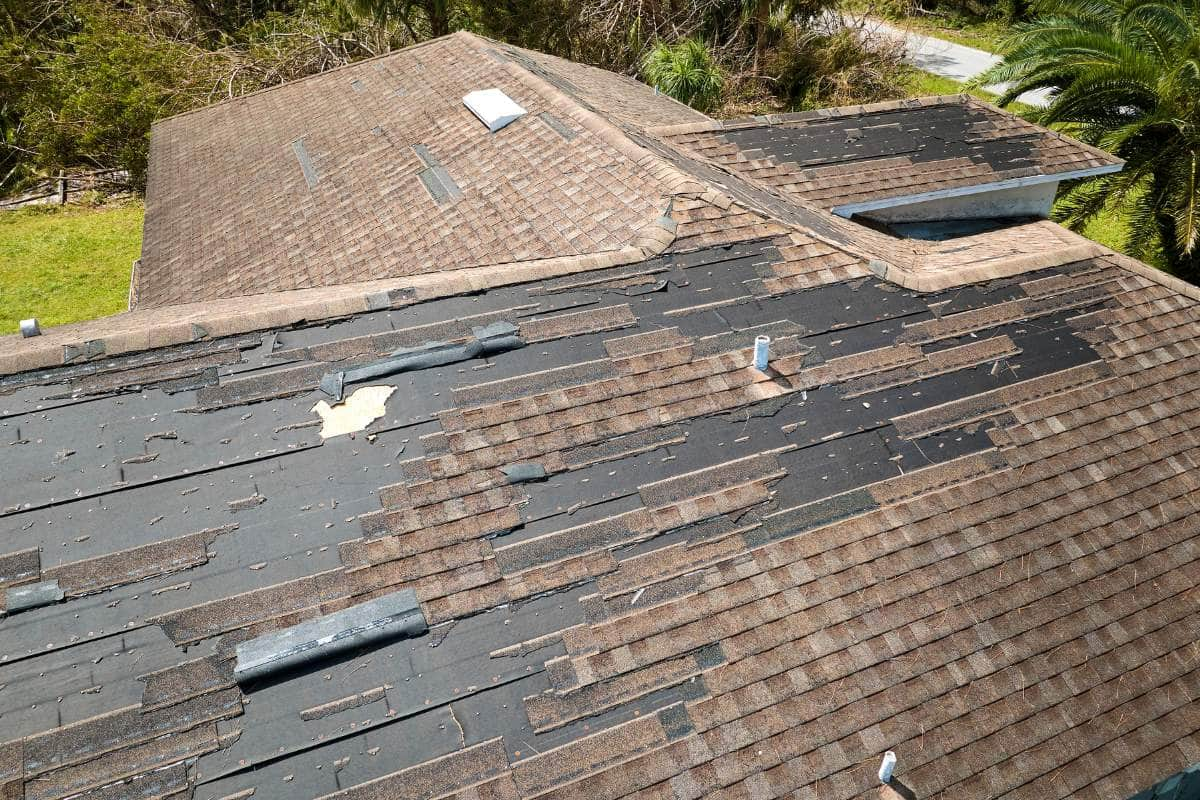
Leave a comment
This site is protected by hCaptcha and the hCaptcha Privacy Policy and Terms of Service apply.